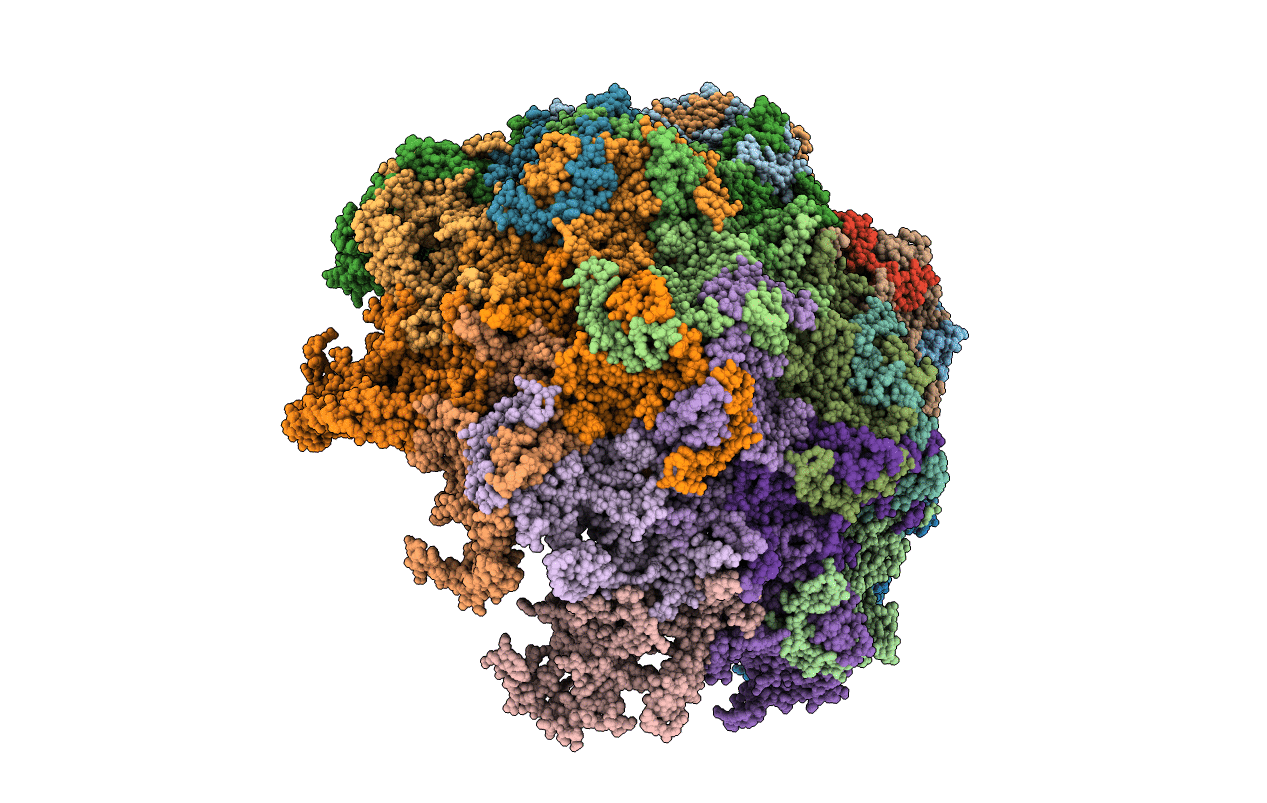
Deposition Date
2014-07-24
Release Date
2014-12-10
Last Version Date
2024-10-30
Entry Detail
Biological Source:
Source Organism:
Feline panleukopenia virus (Taxon ID: 10786)
Host Organism:
Method Details:
Experimental Method:
Resolution:
3.50 Å
R-Value Free:
0.22
R-Value Work:
0.18
R-Value Observed:
0.18
Space Group:
P 42 21 2


